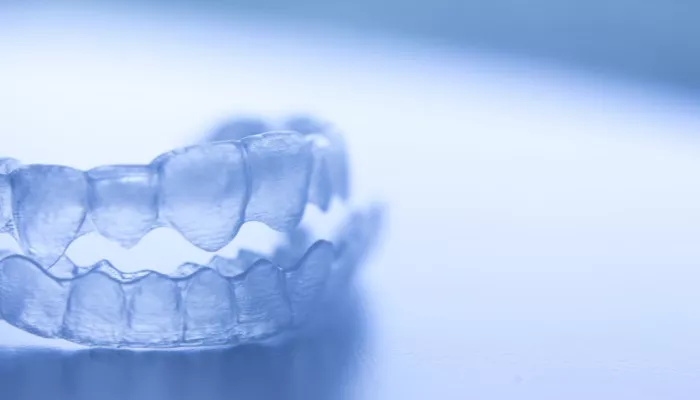A recent study has revealed that the effectiveness of aligners in orthodontic treatment is influenced by the type of material used and the direction of tooth movement. Researchers found that multilayer materials outperform single-layer options due to their lower initial force, which enhances patient comfort, and their ability to maintain consistent force over time. Dental Tribune International spoke with Dr. Tarek Elshazly, the lead author of the study conducted at the University Hospital Bonn in Germany, about the implications of these findings for orthodontic treatment.
Background of Dr. Tarek Elshazly
Dr. Elshazly is a dentist with a keen interest in materials engineering. He earned his bachelor’s degree in dentistry from Ain Shams University in Cairo, Egypt, where he also completed a master’s degree in dental biomaterials. He later moved to Germany to pursue a doctoral degree (Dr. med. dent.) and a PhD in oral technology at the University of Bonn.
While researching potential topics for his PhD, Dr. Elshazly identified the growing popularity of aligners as a promising alternative to traditional orthodontic treatments. However, he noted significant drawbacks related to the materials used and their biomechanical behavior. This realization guided his research focus under the supervision of Prof. Christoph Bourauel, a leading expert in dental biomechanics. The research involved collaboration with various companies to test innovative materials and study the forces generated by aligners.
Force Transmission And Aligner Wear Schedule
In his research, Dr. Elshazly discovered a notable reduction in force transmission after 48 hours of thermal and mechanical aging of aligner materials. He discussed the implications of these findings for the recommended schedule for wearing aligners.
“We are limited not only by the aligner material but also by the periodontal ligament,” he explained. “Orthodontic tooth movement occurs through a biomechanical process within the periodontal ligament and bone when an appropriate force is applied to the tooth.
Therefore, the ideal scenario is to use a material that can consistently apply the optimal force over the desired time frame.”
Based on his research, Dr. Elshazly suggests changing aligners weekly or using materials that can maintain necessary force over a longer period. He noted that the force from an aligner is most effective during the first few days of use—typically two or three days—after which the aligner functions more like a retainer.
Some researchers argue that it is acceptable to maintain an aligner for longer periods since tooth movement primarily occurs within the first few days. However, Dr. Elshazly believes that changing aligners weekly would be more effective, although this approach could lead to increased material consumption and costs, raising environmental concerns. He advocates for developing superior materials that can sustain necessary force for extended periods.
Advantages of Multilayer Materials
Dr. Elshazly highlighted the introduction of multilayer materials as a recent advancement aimed at addressing the limitations of single-layer materials. While multilayer materials are not yet perfect, they offer better force sustainability.
“The type of material used does not significantly alter the overall process,” he stated. “Typically, aligners are quite rigid during the first few days as they move the teeth. However, multilayer materials are more flexible, offering greater comfort.
In our research, we found that single-layer materials provide better control over tooth movement.”
He recommends using a combination of multilayer and single-layer materials for each treatment step. For example, starting with a multilayer material for one week, followed by a single-layer material for another week or three days, can enhance movement control while maintaining the necessary force.
Future Research Directions
Dr. Elshazly expressed concern about the high consumption of plastic in the aligner industry and the need for solutions.
One potential avenue is the use of 3D-printed shape memory materials, which could reduce waste and improve control over aligner design. This innovation could lead to better tooth movement, increased treatment accuracy, and fewer refinements, minimizing the need for retreatment.
Another area of interest for Dr. Elshazly is the development of recyclable aligner materials. He recently encountered an American company at a dental show that introduced an eco-friendly, recyclable thermoformed aligner material. While he has not found any research on this material yet, he plans to initiate studies soon.
Conclusion
Dr. Tarek Elshazly’s research highlights the importance of material selection in orthodontic treatment with aligners. The findings suggest that multilayer materials can enhance patient comfort and treatment efficacy. As the industry continues to evolve, there is a pressing need for sustainable practices and innovative materials that can improve outcomes while addressing environmental concerns.

